PDFs to Read or Download
PDFs to Read or Download
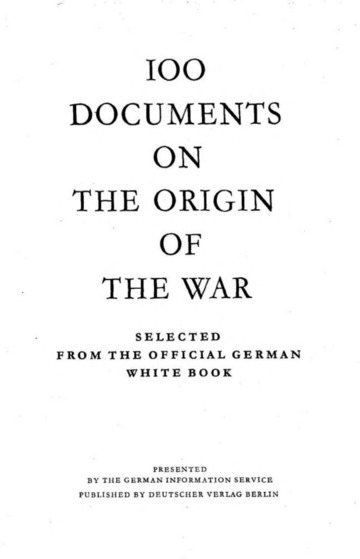
100 Documents on the Origin of the War
Since the Allied countries are untiring in their efforts to conceal the truth by means of lying propaganda and to mislead the world at large, not only as regards the causes of the war but also concerning their aims, it seems essential to furnish once again by authentic official documents the irrefutable proof that Britain, and Britain alone, was responsible for the war which she deliberately brought about in order to annihilate Germany.
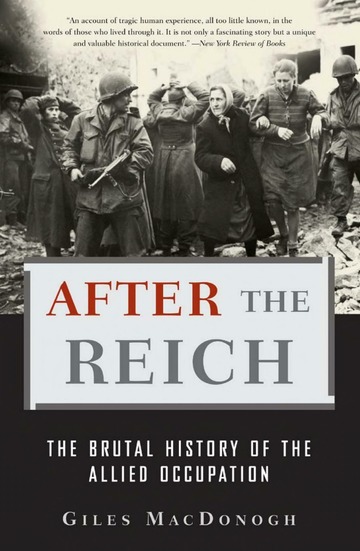
After the Reich: The Brutal History of the Allied Occupation
by Giles MacDonogh (2007)
A shocking account of a massive and vicious military occupation, After the Reich offers a bold reframing of the history of World War II and its aftermath. Historian Giles MacDonogh has unearthed a record of brutality which has been largely ignored by historians or, worse, justified as legitimate retaliation for the horror of the Holocaust. Drawing on a vast array of contemporary first-person accounts, MacDonogh has finally given a voice to tens of millions of civilians who, lucky to survive the war, found themselves struggling to survive a hellish peace.

by William Henry Chamberlain (1950)
Was World War II a failure? It is an unthinkable thought in the American political ethos. but noted American journalist and author William Henry Chamberlin dares think it, from the vantage point of the immediate postwar world of 1950. The opponents of entry argued that even if totalitarianism was beaten in Europe, the war would bring socialism to the United States. Chamberlin argued that they were not only correct about this but there was also the bitter irony that totalitarianism was not in fact beaten in Europe. If you have ever been curious about the postwar attitude of those who oppose Roosevelt’s march to war, this is your book. He makes a very strong case – and a courageous one given the times.
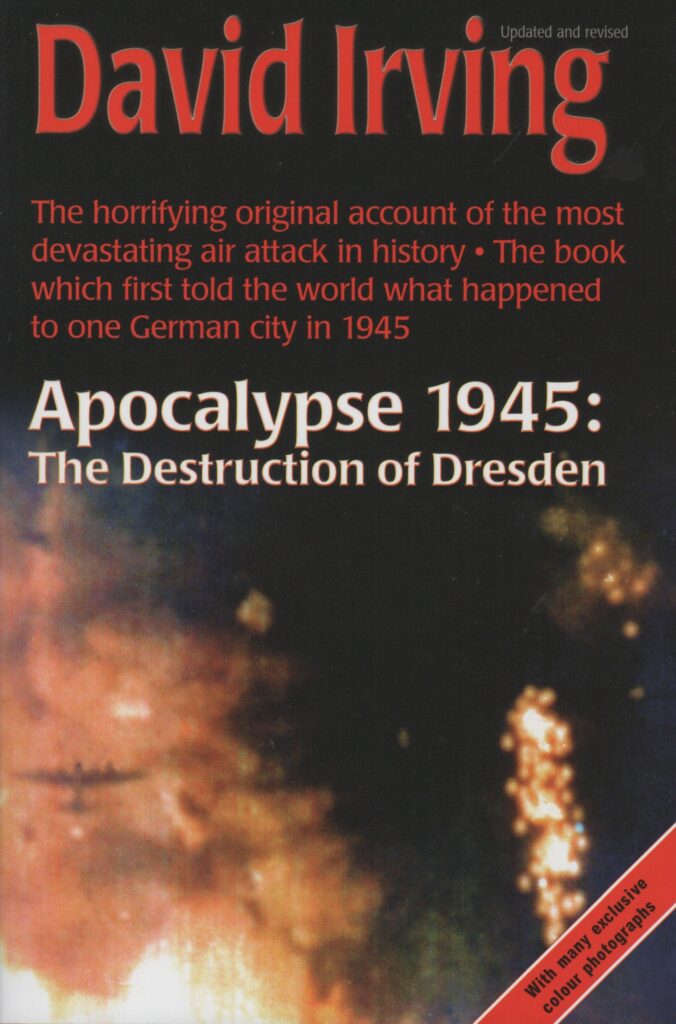
Apocalypse 1945: The Destruction of Dresden
by David Irving (1995)
The horrifying story of the genocidal firebombing of the German city of Dresden at the end of World War Two. The phosphorous bombs and the firestorm killed 135,000 civilians, a greater loss of life than at Hiroshima. Irving provides a new insight into this infamous crime, showing that it served only the irresponsible vanity of an Allied leader, rather than a military need.
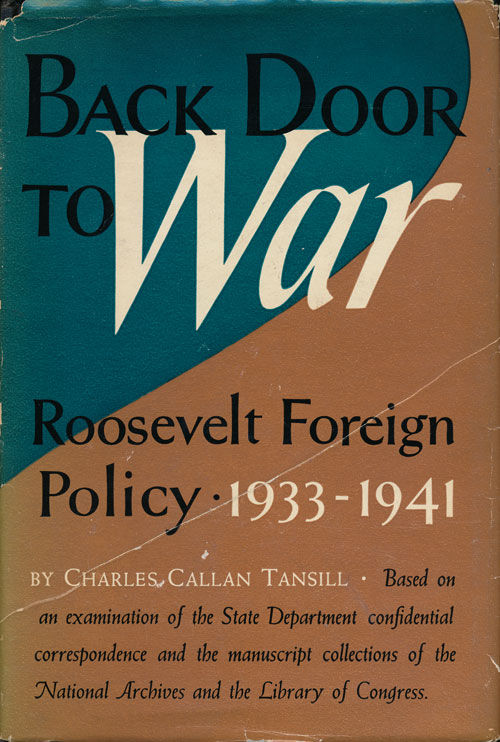
Back Door To War: Roosevelt Foreign Policy 1933-1941
by Charles Callan Tansill (1952)
Based on exhaustive research in the State Department archives, this book argues that FDR wished to involve the United States in the European War that began in September 1939, and when he proved unable to do so directly, he determined to provoke Japan into an attack on American territory. Doing so would also involve Japan’s Axis allies in war, most specifically Germany, and we would thus enter the war through the “back door”. The strategy succeeded, and Tansill maintains that Roosevelt, in accordance with the plan, welcomed Japan’s attack on Pearl Harbor.
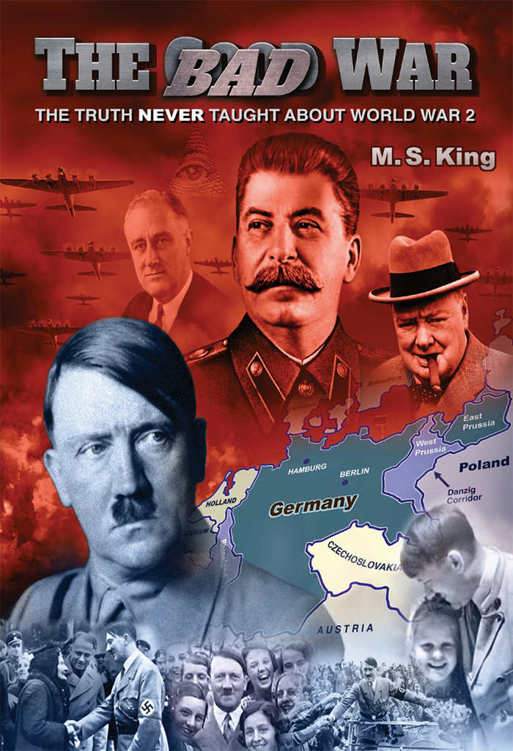
The Bad War: The Truth Never Taught About World War 2
by M.S. King (
You know the familiar story: “Led by Adolf Hitler, Germany, Italy and Japan tried to enslave the planet. The ‘good guys’, led by FDR and Winston Churchill, banded together and stopped them.” Literally, not a day seems to pass without some sort of media reference to this incomplete and simplistic narrative. This book will give you more complete picture, a heavily illustrated epic timeline that will transport you back to the mid 1800’s and then lead you on an exciting “you are there” journey right up through both World War I and World War II. But do be forewarned. Your worldview may never be the same.

by Viktor Suvorov (2008)
Suvorov debunks the theory that Stalin was duped by Hitler and that the Soviet Union was a victim of Nazi aggression. Instead, he makes the case that Stalin neither feared Hitler nor mistakenly trusted him. Suvorov maintains that after Germany occupied Poland, defeated France, and started to prepare for an invasion of Great Britain, Hitler’s intelligence services detected the Soviet Union’s preparations for a major war against Germany. This detection, he argues, led to Germany’s preemptive war plan and the launch of an invasion of the USSR.
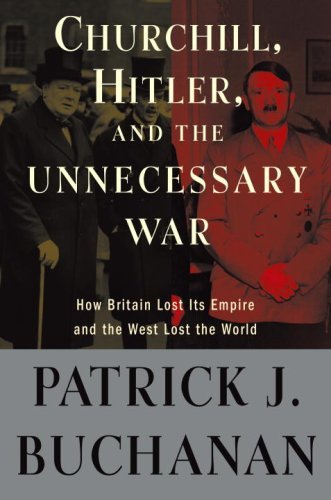
Churchill, Hitler, and the Unnecessary War
by Patrick J. Buchanan (2008)
In this monumental and provocative history, Patrick Buchanan makes the case that, if not for the blunders of British statesmen– Winston Churchill first among them–the horrors of two world wars might have been avoided and the British Empire might never have collapsed into ruins. Half a century of murderous oppression of scores of millions under the iron boot of Communist tyranny might never have happened, and Europe’s central role in world affairs might have been sustained for many generations.
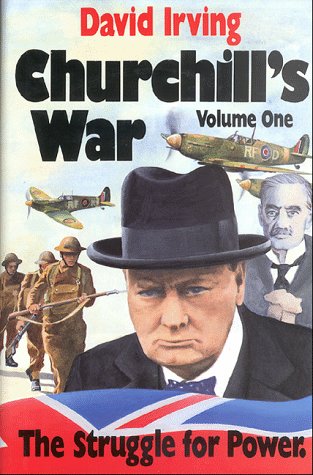
Churchill’s War: Volume One – The Struggle for Power
by David Irving (2003)
Part One — Part Two — Part Three — Part Four
David Irving presents a wealth of hitherto suppressed information that shows a shockingly unfamiliar portrait of the great statesman, Winston Churchill. Readers will discover a power-hungry leader who prolonged the war to advance his own career, and much more to astonish one and all.
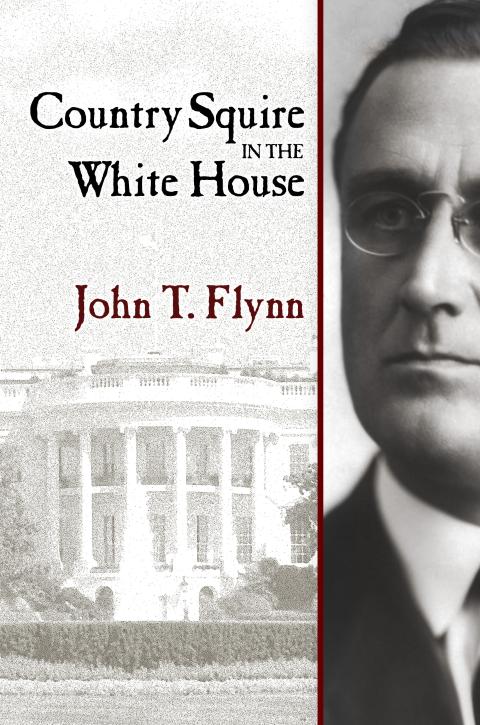
Country Squire in the White House
by John T. Flynn (1940)
John T. Flynn was an early New Dealer who quickly saw what happens when power is concentrated in the executive state. He became a passionate opponent of FDR and his policies. This 1940 book is his analysis of the American presidency and the place of FDR in it. It sheds light on how he came to power and kept it through all those years of declining liberty and rising statism. This volume had a big impact on the growing anti-FDR movement at the time and continues to be sought after as an important study in the history of the presidency.

Crimes and Mercies: The Fate of German Civilians Under Allied Occupation 1944-1950
by James Bacque (1997)
More than 9 million Germans died as a result of deliberate Allied starvation and expulsion policies after World War II–one quarter of the country was annexed, and about 15 million people expelled in the largest act of ethnic cleansing the world has ever known. Over 2 million of these alone, including countless children, died on the road or in concentration camps in Poland and elsewhere. That these deaths occurred at all is still being denied by Western governments.
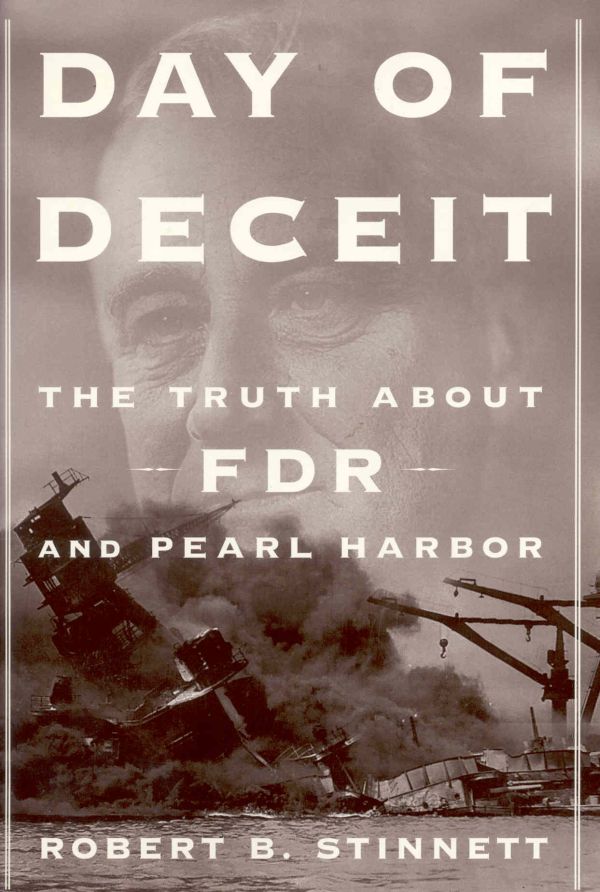
Day of Deceit: The Truth About FDR and Pearl Harbor
by Robert B. Stinnett (2000)
Drawing on twenty years of research and access to scores of previously classified documents, Stinnett proves that Pearl Harbor was not an accident, a mere failure of American intelligence, or a brilliant Japanese military coup. By showing that ample warning of the attack was on FDR’s desk and, furthermore, that a plan to push Japan into war was initiated at the highest levels of the U.S. government, he ends up profoundly altering our understanding of one of the most significant events in American history.
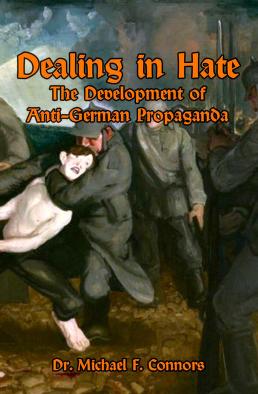
Dealing In Hate: The Development of Anti-German Propaganda
by Dr. Michael F. Connors (1979)
This booklet argues that we have been deliberately manipulated into a “hate Germany” attitude, and examines the manipulation of public opinion through the invention of atrocity rumors and shows how some of the canards — such as the famous “soap factory” yarn — were actually recycled during WWII, even after they had been exposed after the end of WWI! He concludes by giving a few examples of the hysterical, anti-German outbursts which have emanated from Zionist sources, and censures those authors such as William L. Shirer who still continue in this neurotic vendetta.

Death in Poland: The Fate of the Ethnic Germans in September 1939
English translation by Edwin Erich Dwinger (2004)
Originally published in German as Der Tod in Polen. Die volksdeutsche Passion in 1940. The deportation and expulsion and the mass murder of the ethnic Germans before and at the beginning of the war in Poland was by no means confined to the “Bloody Sunday of Bromberg”, which is only too often downplayed or even denied outright today. In this book, the reader experiences almost first-hand the terrible fate of tens of thousands of ethnic Germans in Poland at the outbreak of the war in 1939. This English translation, published here for the first time in 2004, commemorates the 65th anniversary of these events that are an eternal stain on the family bibles of all subsequent Polish generations!
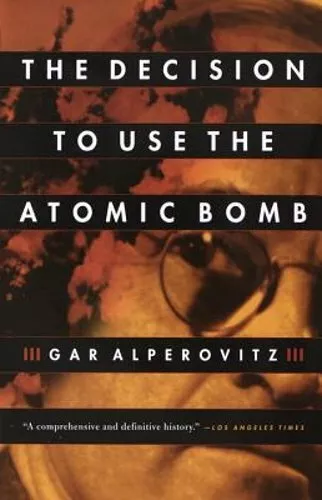
The Decision to Use the Atomic Bomb
by Gar Alperovitz (1995)
Was it necessary to drop the atomic bombs on Hiroshima and Nagasaki? Fifty years after the fateful summer of 1945, we are still debating Harry Truman’s decision. Now, in an exhaustive, thoroughly documented study of the events of that time, Gar Alperovitz makes plain why the United States did not need to deploy the bomb, how Truman was advised of alternatives to it by nearly every civilian and military adviser, and how his final decision was later justified by what amounted to a deception – the claim that the action saved half a million to a million American soldiers who might otherwise have died in an invasion.
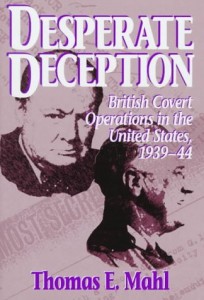
Desperate Deception: British Covert Operations in the United States, 1939-1944
by Thomas E. Mahl (1998)
A fascinating study of the efforts of British intelligence to push America out of its isolationist stance and into the Allied camp during the early days of WW II. Freelance writer Mahl has convincingly drawn on a variety of sources–including recently declassified FBI and government files, memoirs, personal papers, and little-known official reports–to weave together a portrait of extraordinary schemes and activities, including a sizable propaganda campaign and a number of intelligence actions, many carried out or managed by William Stevenson (“Intrepid”), Britain’s spy extraordinaire.

by Victor Gregg (2013)
Victor Gregg was a 25-year-old British prisoner of war in Dresden when it was attacked by British and American bombers in the final months of World War Two. This first-hand narrative, personal and punchy, sees the author through the trauma and carnage of the Dresden bombing. Harrowing and vivid, Gregg draws us in to the heart-wrenching, often futile attempts to save lives, and the tentative friendships and near-misses along the way.
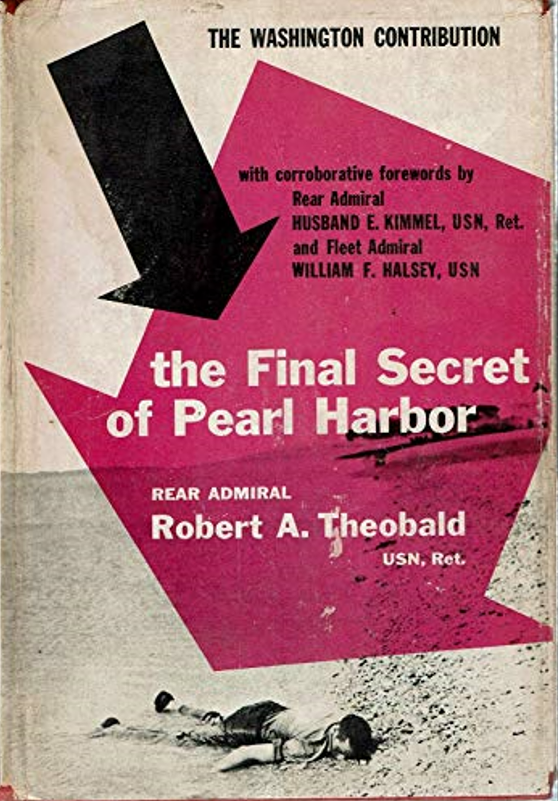
The Final Secret of Pearl Harbor
by Robert A. Theobald (1954)
Robert Theobald brings to the table not only the viewpoint of a professional naval officer, but also one who was in fact present in a relatively senior position at Pearl Harbor at the time of the attack. His argument is that Roosevelt deliberately backed the Japanese into a position where they had no choice but to launch an attack on the Pacific Fleet — a fleet that was deliberately weakened, and denied critical information, by orders of the President.
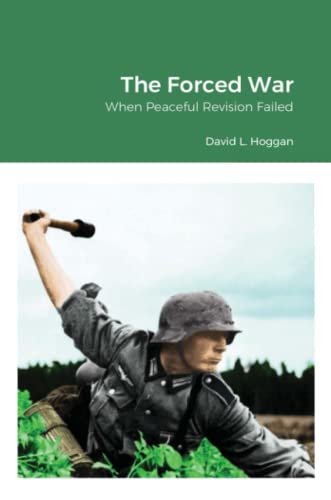
The Forced War: When Peaceful Revision Failed
by David L. Hoggan (1961)
A tour de force on the origins and causes of World War II that delves into the hidden diplomatic background of the outbreak of the Germano-Polish War of 1939, which Britain for its own purposes turned into World War II. Prof. Hoggan uses official diplomatic correspondence and reports of the meetings of the various participants — primarily Great Britain, France, Poland and National Socialist Germany — as he traces the roots of the conflict from Versailles until the final declaration of War by Great Britain and France upon Germany.

France: The Tragic Years, 1939-1947
by Sisley Huddleston (1955)
Sisley Huddleston was an English journalist who spent most of his adult life in France. He finally took French citizenship during the country’s darkest hour. This was partly a matter of convenience (being French rather than English was a decided advantage in 1942) and partly an expression of love and loyalty. Written soon after the war, this first-hand account is both grimmer and less melodramatic than most recent histories of Vichy. Starting with the “phony” war of 1939 and going through to the liberation and the summary executions of the 1944-45 terror, Huddelston presents a personal understanding on the things he knew and saw, the figures he followed — and the country whose tragedy he knew firsthand.

The German White Book: The Last Phase of the German-Polish Crisis
The German White Book, presented herewith, is a collection of official documents and speeches, not a collection of uncontrollable conversations. It does not pretend to cover the entire field of German-Polish relations but, as the title implies, concerns itself solely with the last phase of the German-Polish crisis, from August 4th to September 3rd, 1939. Germany, again and again, made attempts to solve the differences between the two countries in a friendly spirit. It was only when all negotiations proved vain and Poland joined the encirclement front against Germany, that chancellor Hitler cut the Gordian knot with the sword, with England forcing the sword into his hand.
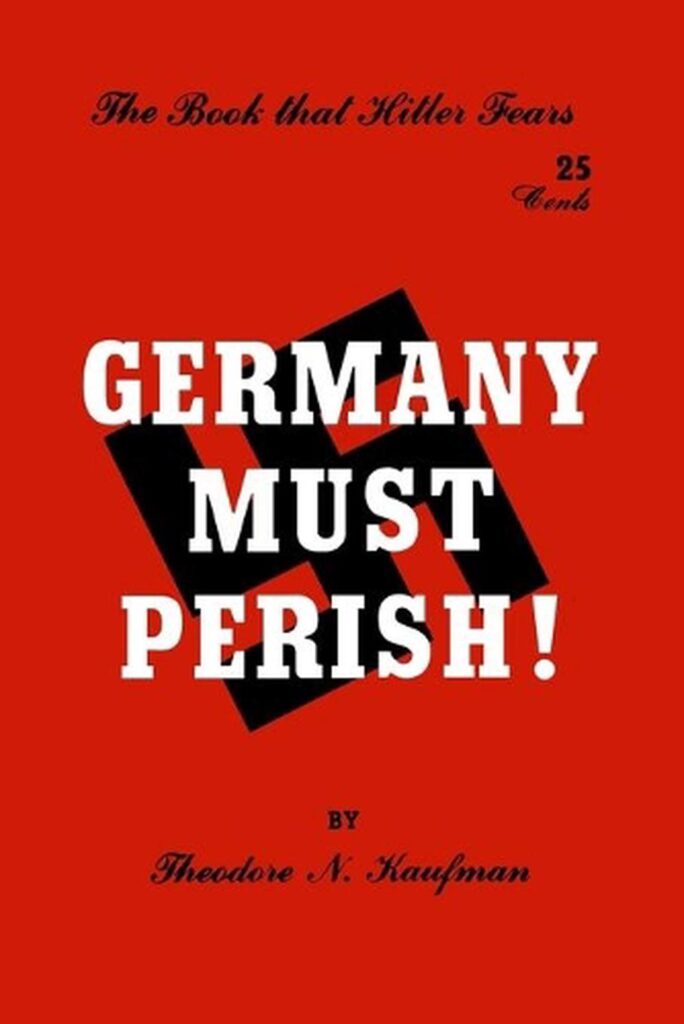
by Theodore N. Kaufman (1941)
This book was originally printed in July 1941, five months before the U. S. entered WW2 and long before the so-called Nazi “homicidal gas chambers” were known about. The author, an American Jew, calls for the total extermination of the German nation and people, including forced mass sterilization of all German females under 45 and all males under 60, the territorial dissection of Germany and the apportionment of all her lands, and the total eradication from the earth of all her people. An ironic read, considering the accusations the Jews have ended up lobbing at the Germans for the past 75 years.
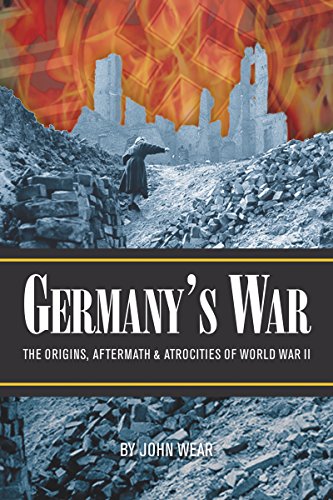
Germany’s War: The Origins, Aftermath & Atrocities of World War II
by John Wear (2015)
This book discusses the origins, aftermath, and atrocities of World War II from a German perspective. It is in essence Germany’s side of the story. This book is designed to counteract the one-sided bias of establishment historians against Germany in regard to World War II. Most establishment historians, for example, state that it is self-evident that Adolf Hitler and Germany started World War II. However, an objective review of the origins of World War II reveals that the Allied leaders of the Soviet Union, the United States, and Great Britain were primarily responsible for starting and prolonging the war.
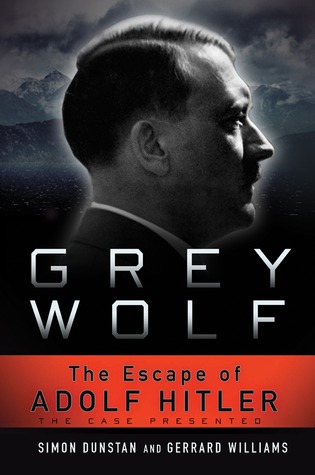
Grey Wolf: The Escape of Adolf Hitler
by Simon Dunstan and Gerrard Williams (2011)
In a riveting scenario that has never been fully investigated until now, international journalist Gerrard Williams and military historian Simon Dunstan make a powerful case for the Führers escape to a remote enclave in Argentina-along with other key Nazis—where he is believed to have lived comfortably until 1962. Following years of meticulous research, the authors reconstruct the dramatic plot-including astonishing evidence and compelling testimony, some only recently declassified. Impossible to put down, Grey Wolf unravels an extraordinary story that flies in the face of history.
See the companion video here.
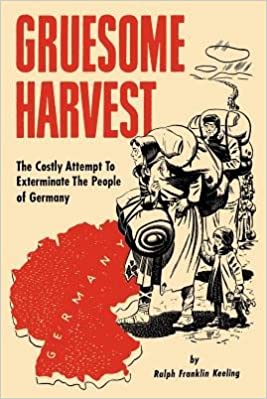
Gruesome Harvest: The Costly Attempt to Exterminate the People of Germany
by Ralph Franklin Keeling (1947)
Dares to tell the shameful story of how American and Allied policy makers undertook the political, economic, and social destruction of the German people even as they presumed to instruct them in “justice” and “democracy.”

Hellstorm: The Death of Nazi Germany
by Thomas Goodrich (2010)
Graphically and meticulously documents the Allied atrocities towards the German people at the end of World War II and during its aftermath.

by Freda Utley (1949)
Utley critically discusses and analyses the Allied occupation policies, including the expulsion of millions of Germans from European nations after World War II and the Morgenthau plan. She explores the United States’ treatment of German captives, the Allied use of slave labour in France and the Soviet Union, and the Nuremberg Trials legal processes.
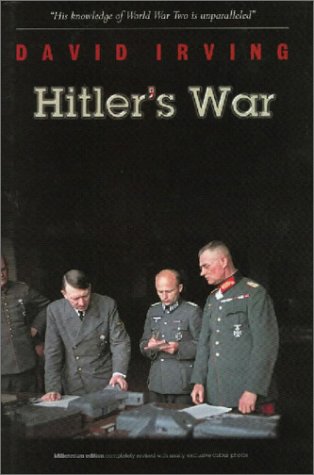
by David Irving (1977)
Beginning in 1933 with Hitler’s economic and military rebuilding of Germany following World War I, and concluding in 1945 with the events surrounding his alleged death, Hitler’s War is an insider’s view of the events from the point of view of the man who held Europe in thrall for more than a decade.
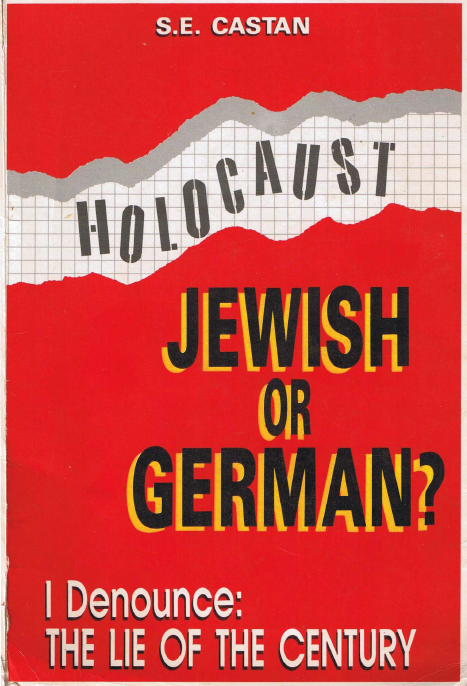
by Siegfried Castan (1988)
Originally published in Portuguese in Brazil, this book gives a fairly good overview of the years surrounding the Second World War from a revisionist perspective.
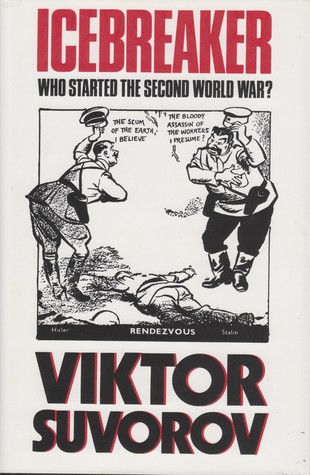
Icebreaker: Who Started the Second World War?
by Viktor Suvorov (1990)
A historian, the Soviet defector Victor Suvorov, tells the story of World War II as started not by Hitler, but by Stalin. He contends that Russia’s part in starting the war was very much greater and much more sinister than has hitherto been assumed.
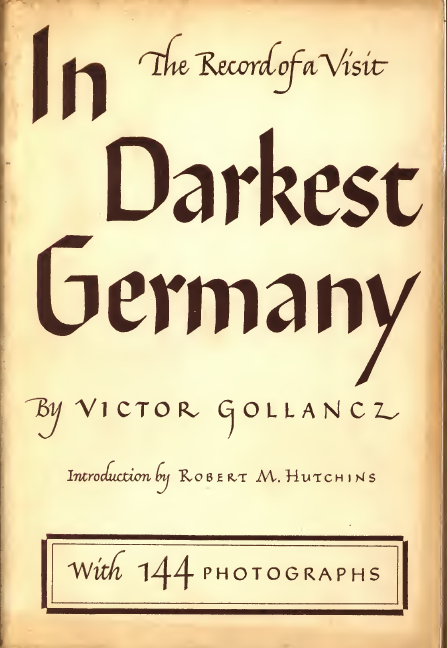
by Victor Gollancz (1947)
A detailed accounting of the true suffering perpetrated upon the German civilian population by the so-called “good guys” who fought the “good war”.
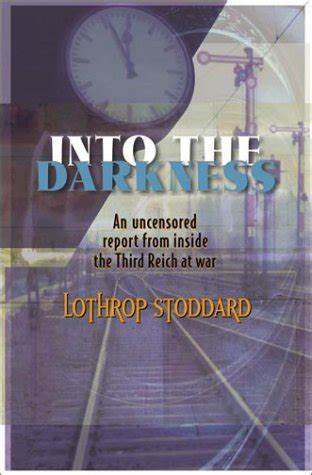
Into the Darkness: An Uncensored Report from Inside the Third Reich at War
by Lothrop Stoddard (1940)
An even-handed account of the author’s travels through war-time Germany (and surrounding countries) from 1939-1940. Though no proponent of the National Socialist regime, his is a truthful report of the Third Reich, its leaders, political positions, and culture, which recounts accurately (and not politically correctly), the events of the time.

Jewish Emigration from the Third Reich
by Ingrid Weckert (2nd Ed. 2016)
Weckert‘s booklet elucidates the emigration process in law and policy, thereby correcting the traditionally received picture of Jewish emigration from Germany significantly.
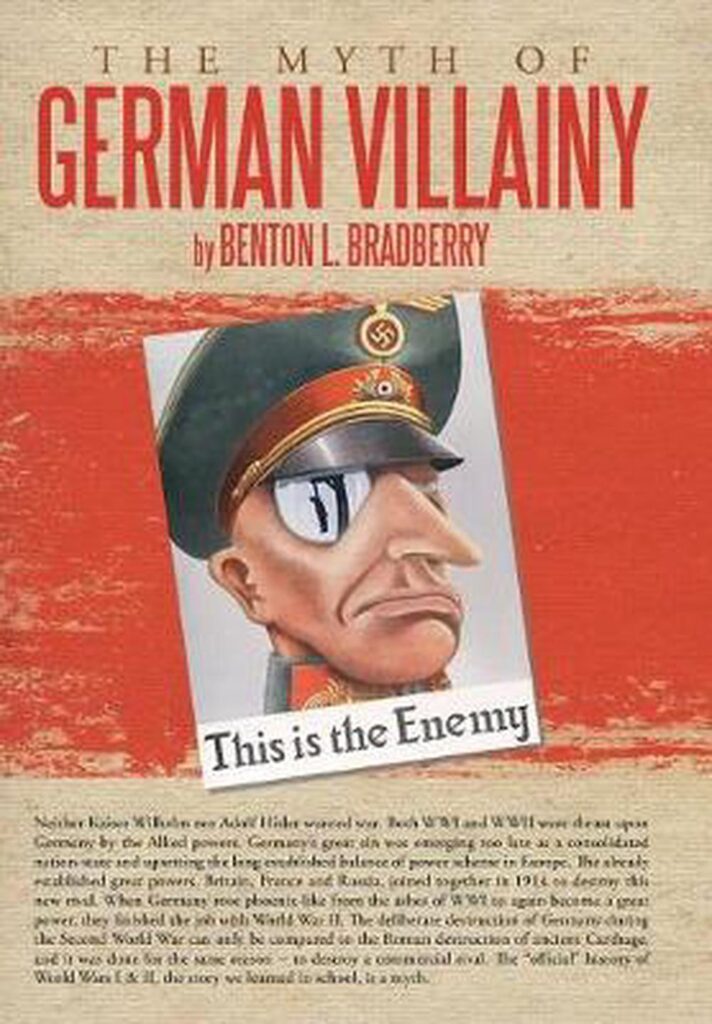
by Benton L. Bradberry (2012)
In this book, the author argues that Germany was not the perpetrator of World War I nor World War II, but instead, was the victim of Allied aggression in both wars. Far from being the disturber of European peace, Germany served as a bulwark which prevented Communist revolution from sweeping over Europe. The pity was that the United States and Britain did not see Communist Russia in the same light, ultimately with disastrous consequences for Western Civilization. The author believes that Britain and the United States joined the wrong side in the war.
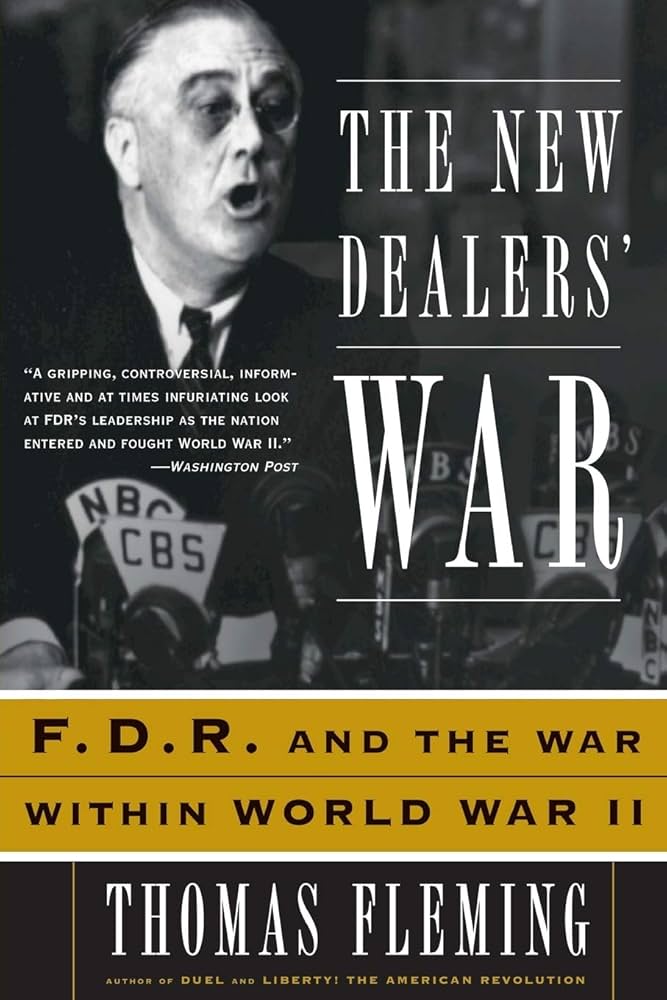
The New Dealers’ War: F.D.R and the War Within World War II
by Thomas Fleming (2001)
For many Americans, Franklin Delano Roosevelt is a beloved figure, if not for the “big government” that was spawned under his New Deal, then certainly for his leadership through the War. The New Dealers’ War, however, paints a very different portrait of this leadership. Starting with the leak to the press of Roosevelt’s famous Rainbow Plan, then spiraling back to FDR’s inept prewar diplomacy with Japan, and his various attempts to lure Japan into an attack on the U.S. Fleet in the Pacific, Fleming takes the reader inside the incredibly fractious struggles and debates that went on in Washington, the nation, and the world as the New Dealers, led by FDR, strove to impose their will on the conduct of the War.
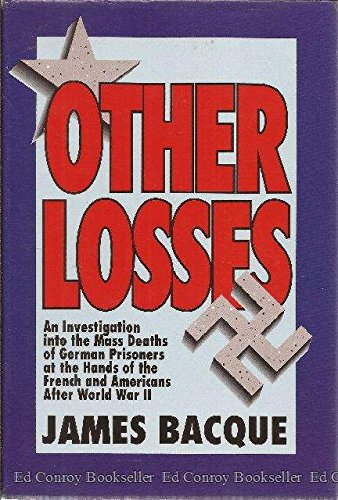
by James Bacque (1989)
This book caused an international scandal when first published in 1989 by revealing that Allied Supreme Commander Dwight Eisenhower’s policies caused the death of some 1,000,000 German captives in American and French internment camps through disease, starvation and exposure from 1944 to 1949, as a direct result of the policies of the western Allies, who, with the Soviets, ruled as the Military Occupation Government over partitioned Germany from May 1945 until 1949.
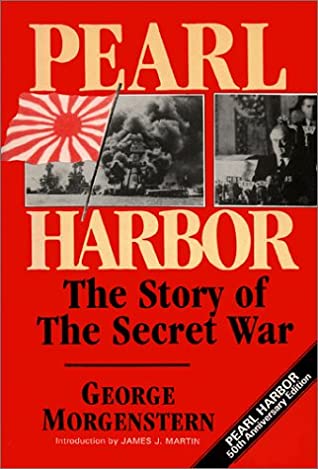
Pearl Harbor: The Story of the Secret War
by George Morgenstern (1947)
It argued that the bombing was not unexpected but provoked and even wanted by the administration as a “backdoor to the war” that FDR really wanted as a means to rescue his presidency.
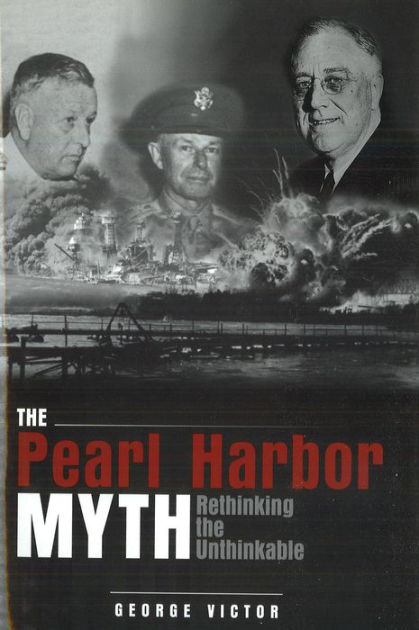
The Pearl Harbor Myth: Rethinking the Unthinkable
by George Victor (2007)
Did U.S. intelligence know of Japan’s coming attack on Pearl Harbor? Did President Roosevelt know? If so, why did he withhold warnings from the commanders in Hawaii? Based on voluminous data that does not appear in other books on the topic, The Pearl Harbor Myth discusses in detail Roosevelt’s developing strategy-both military and diplomatic-and his secret alliances to “save the world from Hitler.” It contains a wealth of fresh material on secret diplomacy; on secret military strategy, planning, and intelligence; and on disguised combat operations that began six months before the Pearl Harbor attack.
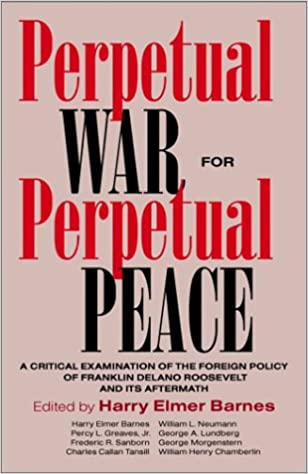
Perpetual War for Perpetual Peace
Edited by Harry Elmer Barnes (1953)
A collection of nine revisionist essays edited by American historian and writer Harry Elmer Barnes, originally published in 1953, this intriguing volume offers a critical survey and appraisal of the development and implementation of American foreign policy of during the Presidency of Franklin D. Roosevelt, the FDR Administration’s deliberate manipulation of events in Europe and Asia to bring the US—against the wishes of the majority of its citizens—into World War II, and its resultant aftermath in the course of world history.
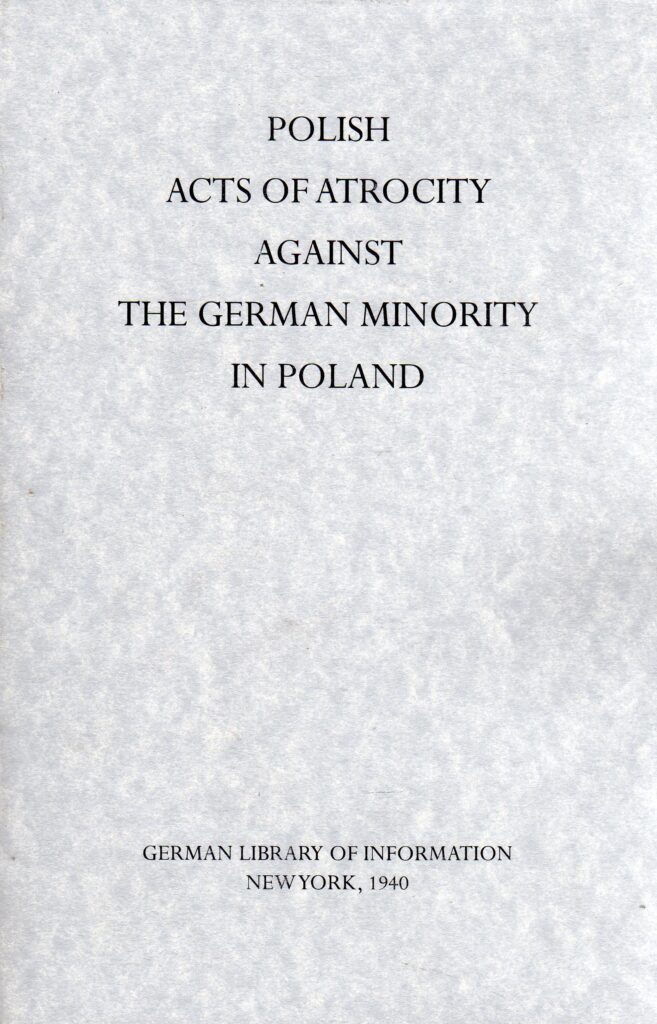
The Polish Acts of Atrocity Against the German Minority in Poland
compiled by Hans Schadewaldt (1940)
Faces smashed, amputations, disembowelments — these atrocities to the German people were one of the main causes for the German invasion of Poland, something that was meant by the Germans to be a local solution to a local problem.
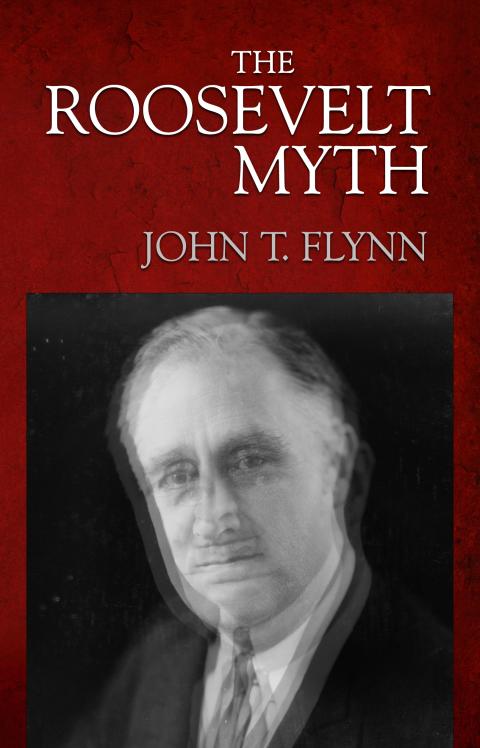
by John T. Flynn (1948)
Franklin D. Roosevelt is the most sainted president of the 20th century. You have to look far and wide to discover the truth about his character and policies. But as John T. Flynn noted in this landmark 1948 volume, FDR actually prolonged the Great Depression and deliberately dragged the country into a war that seriously compromised American liberties. It is so devastating an indictment, that if the contents of the book were widely known, the monuments erected in FDR’s honor would be torn down forthwith.
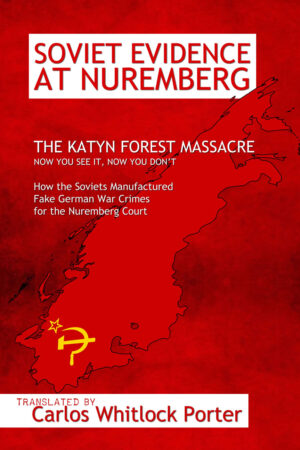
Soviet Evidence at Nuremberg: The Katyn Forest Massacre
translated by Carlos Whitlock Porter (2018)
How the Soviets Manufactured Fake German War Crimes — This document is a typical example of Nuremberg “evidence”. The “testimony” consists of “written statements” said to have been signed by “eyewitnesses”, but which are simply “quoted” in a “report” written by the Stalinists and read aloud (in excerpt form) by the Soviet prosecutor. The “statements” are not attached to the report, the “witnesses” do not appear in court, and the “original documents” are not attached.
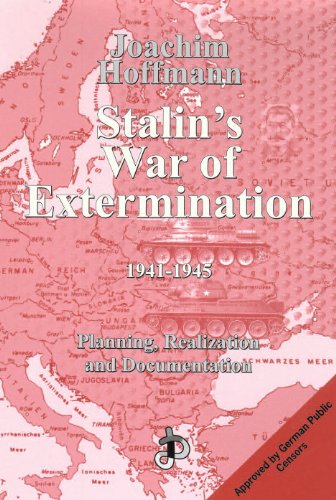
Stalin’s War of Extermination 1941-1945
by Joachim Hoffman (2001)
Based on the late Joachim Hoffmann’s lifelong study of German and Russian military records, Stalin’s War of Extermination not only reveals—as never before—the Red Army’s grisly record of atrocities against soldiers and civilians, but establishes beyond cavil that torture, murder, and rape of the captive and the helpless was official Soviet policy, as ordered by Comrade J.V. Stalin. An indispensable book for all students of World War II as it actually happened, as well as a revisionist classic that has shaken anti-German propagandists to the marrow.
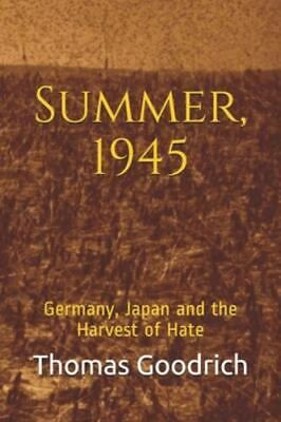
Summer, 1945: Germany, Japan, and the Harvest of Hate
by Thomas Goodrich (2018)
One of the greatest lies to emerge from WWII and survive for over seventy years intact, is the one that’s been told over and over ever since December 7, 1941, viz., that the Japanese soldier was a mindless, murderous automaton, that he would never surrender, that he would always fight to the death, that he “lived to die” for the Emperor, that suicide was his second nature, and so on. There is no truth to any of these fairy-tales. And after reading a few pages of Summer, 1945, it will be very clear to everyone that never was there a greater falsehood.

Target Patton: The Plot to Assassinate General George S. Patton
by Robert K. Wilcox (2008)
In 1945, shortly before he was to fly home to the states as a conquering hero, Patton was involved in a mysterious car crash that left him partially paralyzed. Two weeks later, just as his doctors were about to send him home to finish his recovery, he was dead. The army ruled the car crash an accident; his death natural. Yet witness testimony on the crash conflicted, key players in the incident disappeared, official reports vanished, soldiers were ordered to keep silent, and there was no autopsy performed on the body. Provocative, shocking, and compelling, Target: Patton takes you through the maze of denials, contradictions, and treacheries behind one of the great unsolved mysteries of World War II.
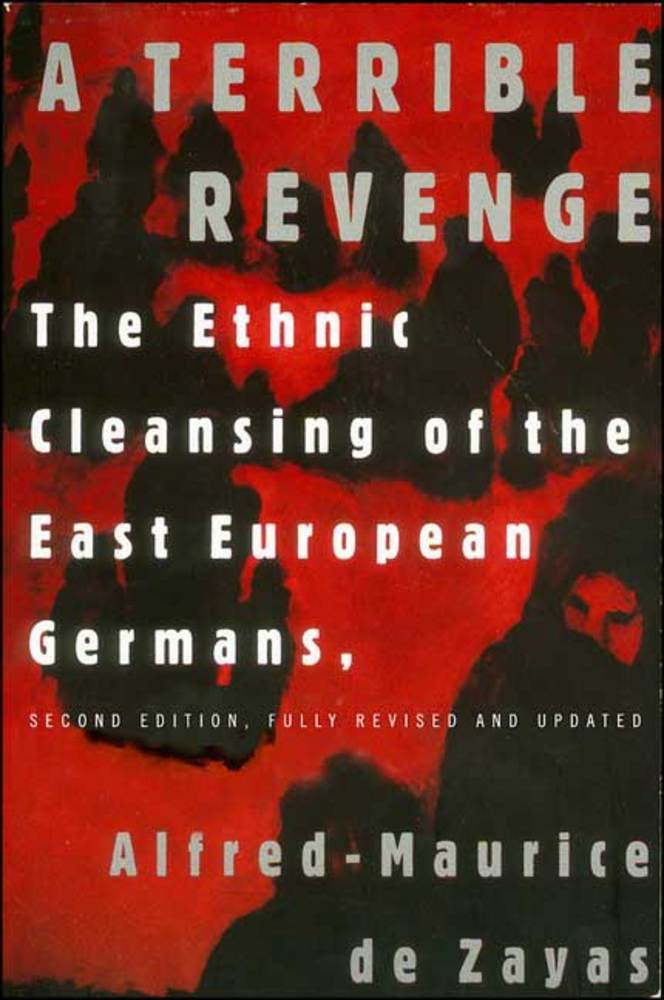
A Terrible Revenge: The Ethnic Cleansing of the East European Germans
by Alfred-Maurice de Zayas (1993)
A Terrible Revenge is an important and balanced work about the expulsion of the Eastern Germans and the abuses these people encountered under the occupation of the Soviets and their puppets at the close of and continuing after the war.

by John T. Flynn (1945)
This book is a critical look at the events leading up to the Pearl Harbor disaster. The author makes a compelling case that the crisis was intentionally provoked by American diplomacy, with the object of forcing Japan to make the ‘first move’, to justify American entry into WWII. Evidence is presented that Roosevelt expected a Japanese attack but declined to take defensive measures so that the American public would be alarmed enough to support a full-fledged war effort in both the Pacific and Europe.
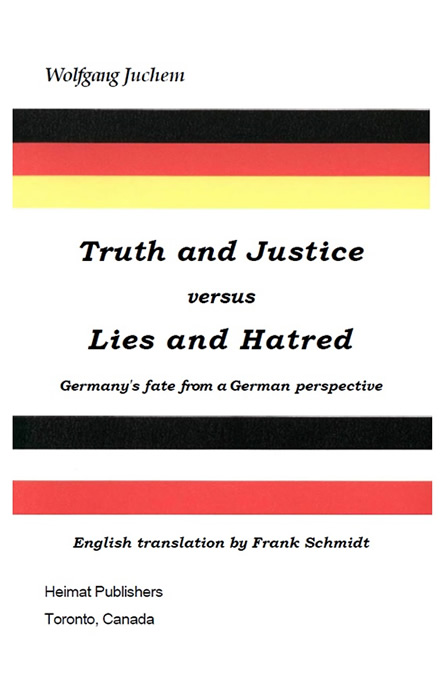
Truth and Justice versus Lies and Hatred: Germany’s Fate from a German Perspective
by Wolfgang Juchem (1997); translated by Frank Schmidt (1998)
A small booklet giving the German side of history concerning events of the first half of the twentieth century. Debunks just about everything we have learned about Germany and the two world wars.
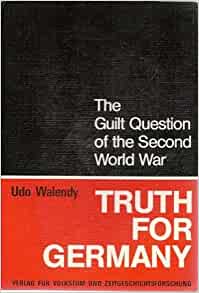
Truth for Germany: The Guilt Question of the Second World War
by Udo Walendy (1981)
The hypothesis of Germany’s guilt for the Second World War is refuted.
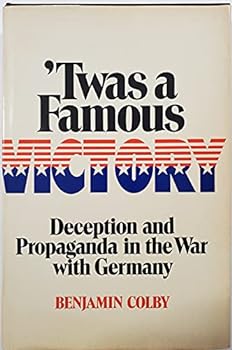
‘Twas a Famous Victory: Deception and Propaganda in the War with Germany
by Benjamin Colby (1974)
This book is not for the timid and those whose politically correct phony sensitive balloons would burst by the accounts in this book. Mr. Colby wrote a good introduction as to the realities of FDR & co. manipulating public opinion and diplomacy to curry favor with the Soviets and to commit genocide against the German civilians during World War II.
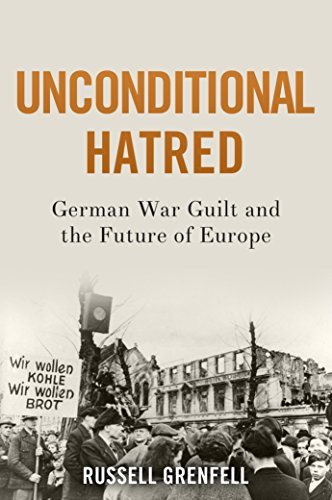
Unconditional Hatred: German War Guilt and the Future of Europe
by Russell Grenfell (1953)
This book — a 21-gun broadside on policy rather than strategy — touches on so many raw nerves, conflicts with so many vested interests, that first publication has had to take place in our still largely uncensored United States. Those who are still fighting World War II will not like this book; but those who are tired of the same old black and white cliches with regard to Germany will welcome it as a breath of fresh air. It is powerfully written and reads like a detective story.
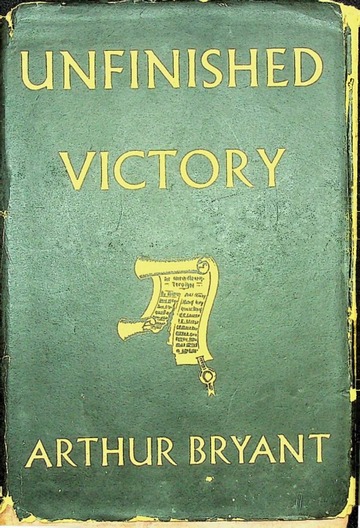
by Arthur Bryant (1940)
Prominent British historian writes a fairly objective prehistory of WWII. The following year, as the war escalates, he attempts to buy up all copies of his book and destroy them. Called “anti-Semitic” because it talks about the extent of Jewish power and wealth in Weimar Germany.

War Without Mercy: Race & Power in the Pacific War
by John W. Dower (1986)
War Without Mercy is at once a startling and sickening chronicle of racism in the Second World War. Focusing mainly upon how it played out between the Japanese and Americans, this book goes into great detail to show that racist sentiments existed, and strongly, in internal and international relations. Drawing on American and Japanese songs, slogans, cartoons, propaganda films, secret reports, and a wealth of other documents of the time, Dower opens up a whole new way of looking at that bitter struggle of four and a half decades ago and its ramifications in our lives today.